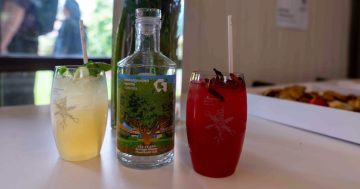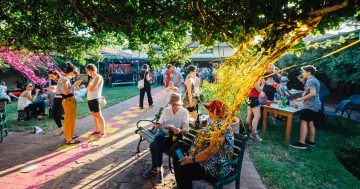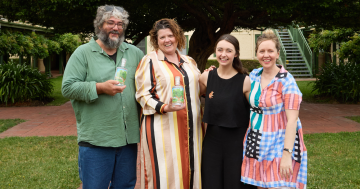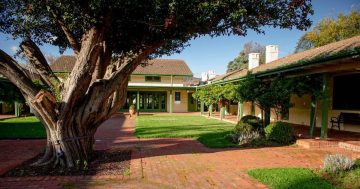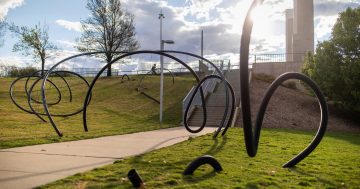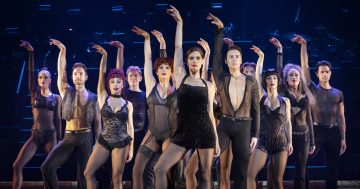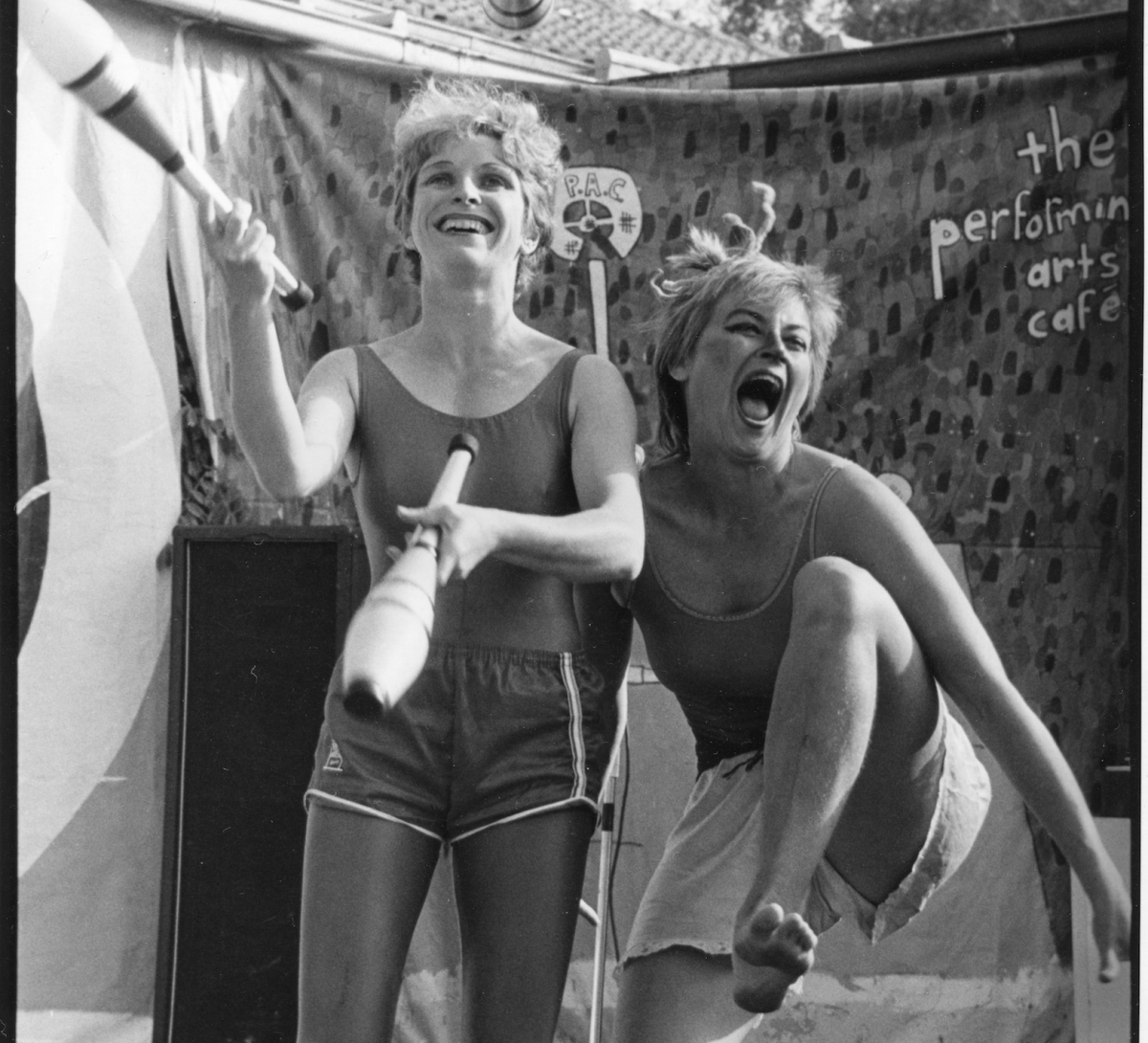
From a hostel for public servants to “a bubbling crucible of artistic and community talent, mainstream and experimental”, the high-level purpose of Gorman Arts Centre hasn’t changed all that much over its 100 years. Photos: Arts Capital.
These days, it’s known as a lively arts centre, but really, Gorman Arts Centre today serves the same high-level purpose as it did when it was built for accommodation just shy of 100 years ago.
‘Hostel No.3’, later named Gorman House when one of the first Federal Capital Commissioners Clarence Gorman died, was completed in 1924 as a hostel for Commonwealth Public Servants. But, according to Griffith University creative writer Stephanie Green, it formed an important part of the social fabric as well.
“For the many young people who came to work in Canberra in the 1920s, 30s and 40s, the Commonwealth Government hostels were central to life in Canberra,” she said.
“Until World War II, there was little formal social activity. The cinema and a weekly dance at the Albert Hall were the main events.
“Most Gorman House residents were young, earned little and came from places as far away as Brisbane, Hobart or Perth. The hostel, therefore, provided a home for family, friends and entertainment, as well as an adventure into adulthood and independence.”
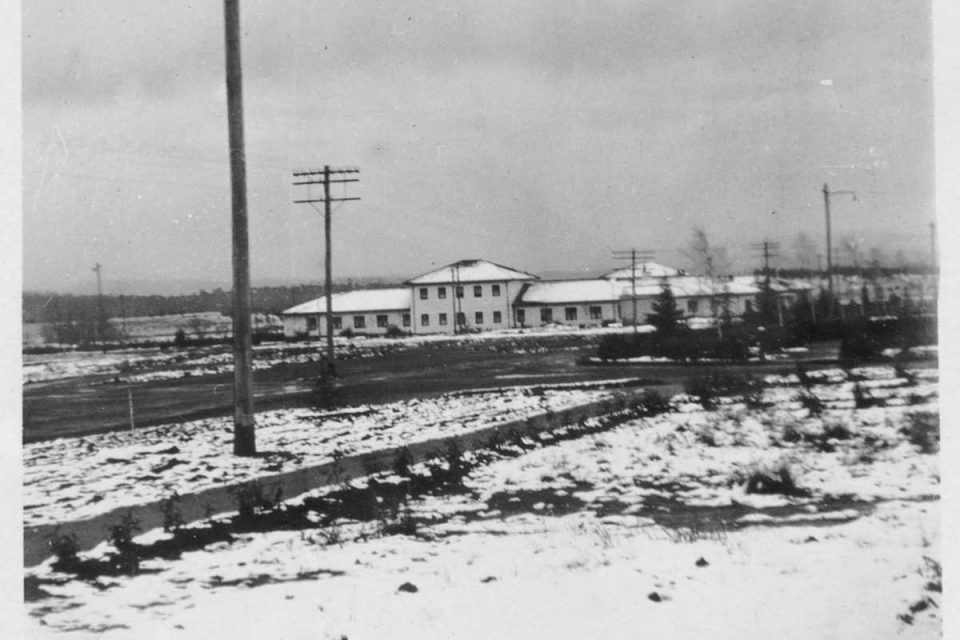
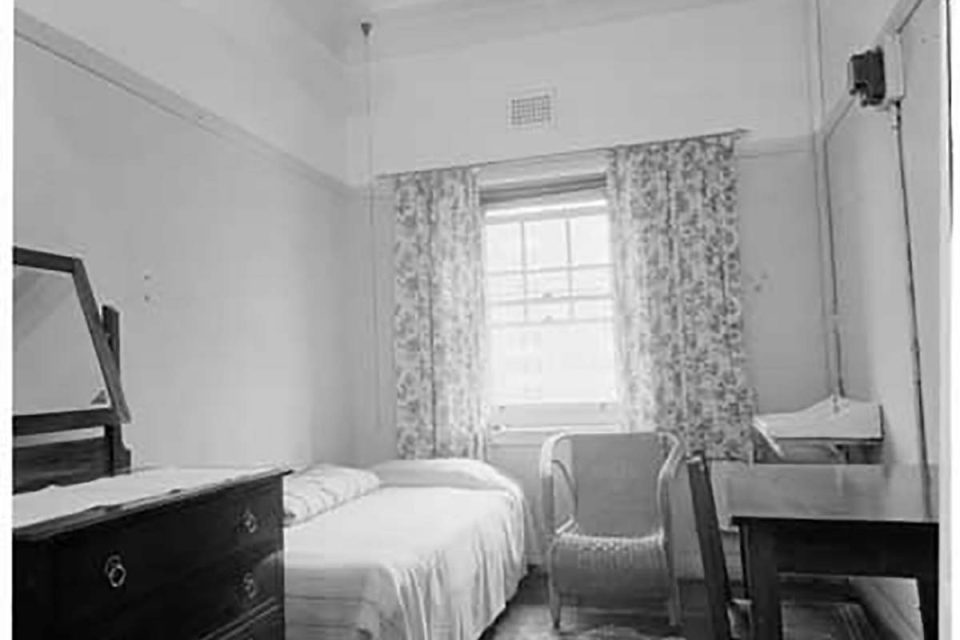
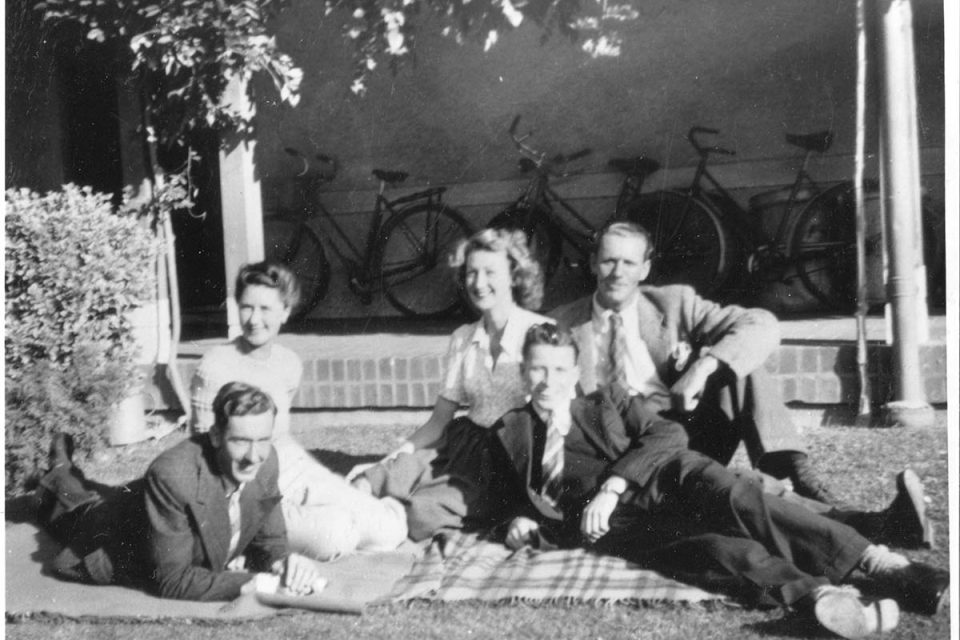
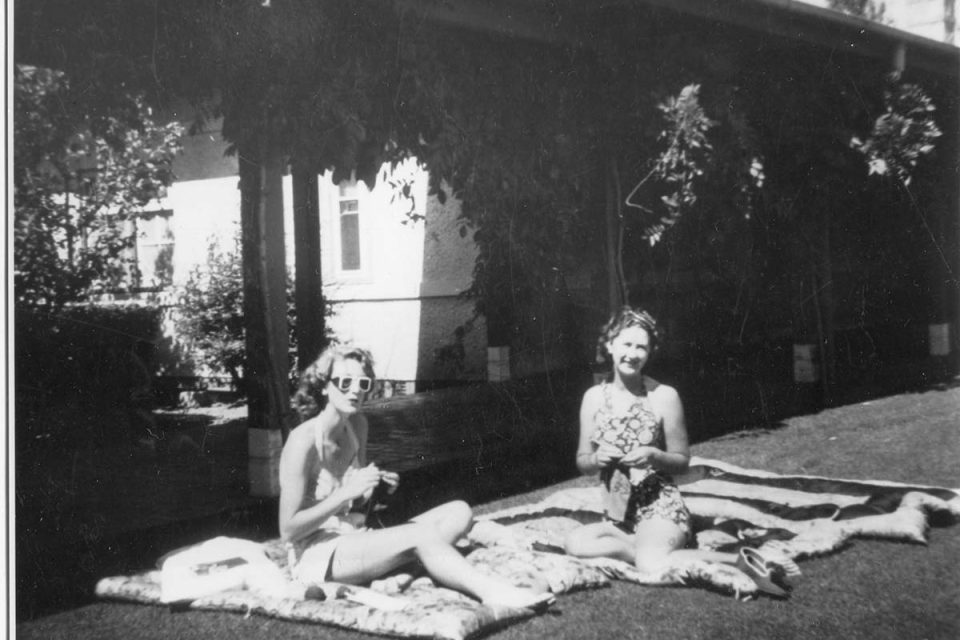
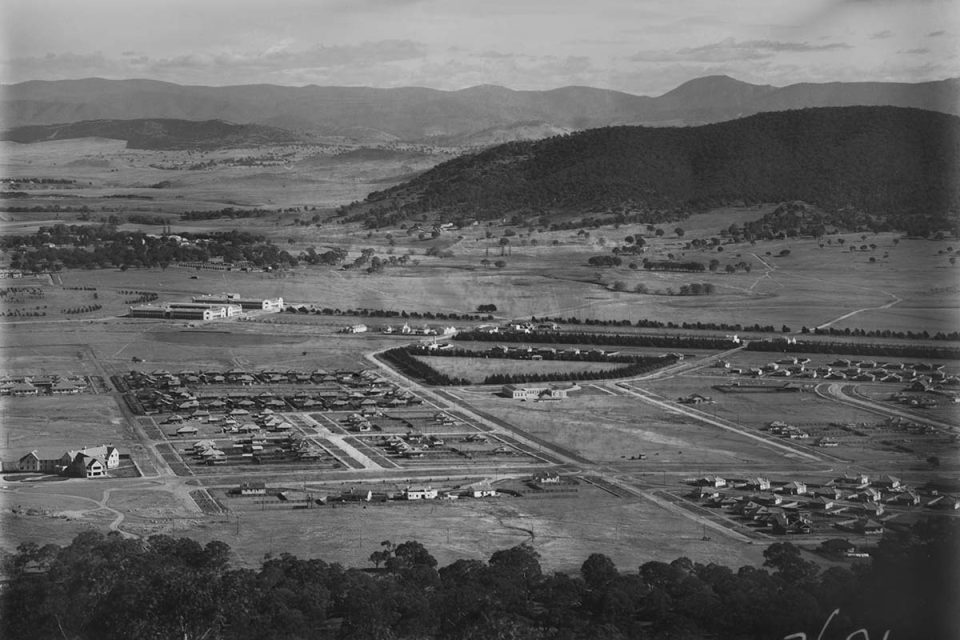
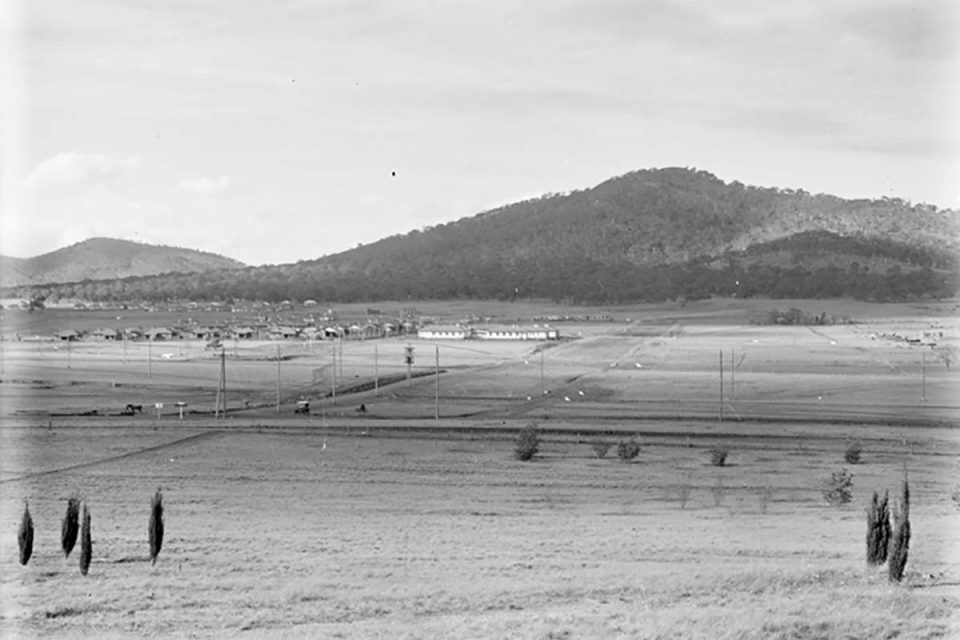
Gorman House housed thousands of people over almost half a decade as a hostel. The “charter of its original purpose” – to house lower-income earners – informed many of the changes that took place there. At one point, it became a women-only facility and later became home to the first European immigrants displaced by war.
History paints an almost Bohemian picture of its days as a hostel, at times housing everyone from “heavy drinkers to Bible bashers”.
Under much protest, Gorman House was closed as a hostel in 1972. It only opened as a community art centre in ’81, following heavy lobbying from several arts and community organisations and a structural feasibility report from National Capital Development.
In her overview, Dr Green called it “a bubbling crucible of artistic and community talent, mainstream and experimental”.
“Gorman House is still a home. It is no longer a residence for wandering Commonwealth Public Servants, but a place for the expression of ideas and imagination,” she said
“Like Canberra itself, Gorman House is a place where things are possible and where there is space, resources and encouragement to do them. So many people have lived, worked, visited and enjoyed Gorman House, have been entertained, fed, assisted, soothed – have been given a place to be.
“Clad genteelly it remained a place of hidden mischief, shared secrets, explosions of colour, music and voices. Imagination stirs here. There is tolerance of alternatives, support of diverse forms of expression.
“And yet, the old hostel commands a certain dignity, respect. One is polite as if to one’s grandmother, for no matter how eccentric she is, she does have (one suspects) a sagaciously long view of life and art.”
But as the saying goes, the more things change, the more they stay the same.
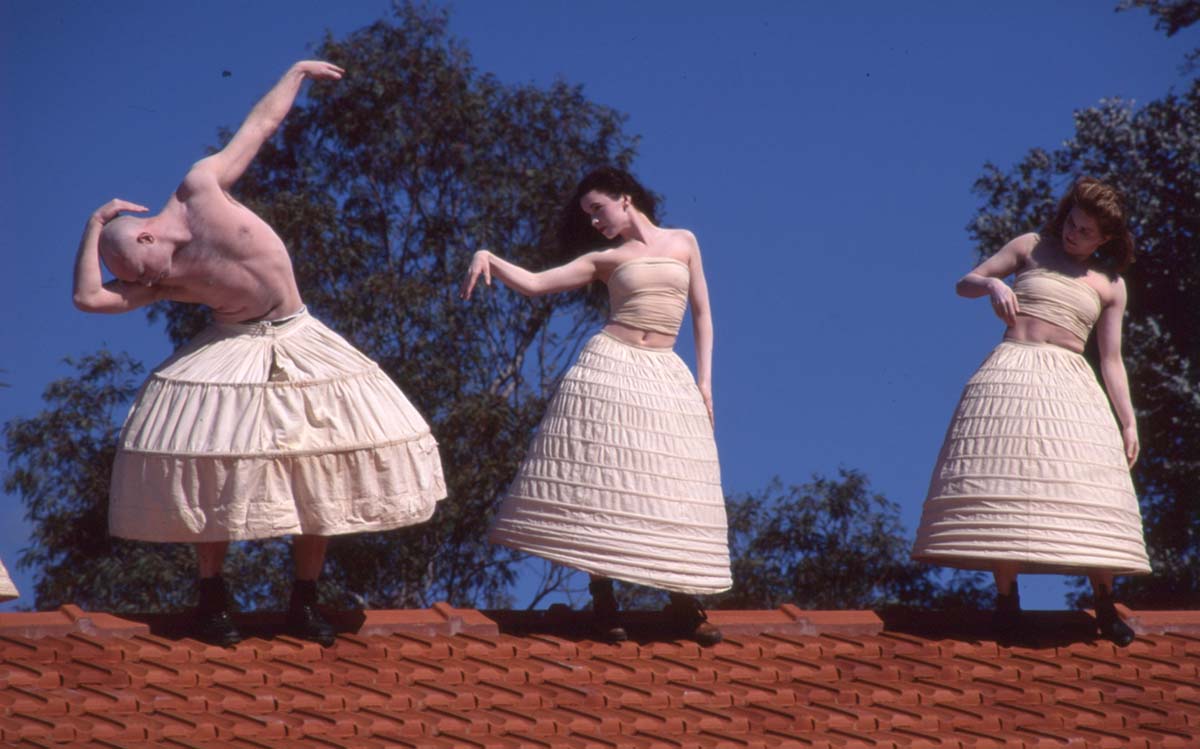
Gorman House was closed as a hostel in 1972 and opened as a community art centre almost a decade later.
At its core, Gorman House remained a stable home and a safe space – but now, for creatives to explore, perfect and perform their art, according to Arts Capital lead digital storyteller Rebecca Worth.
“In that sense, even today, it hasn’t changed much at all,” she said.
“Its purpose has remained consistent – it has just gone through different iterations.
“It has always been centred on facilitating communities to live life together.”
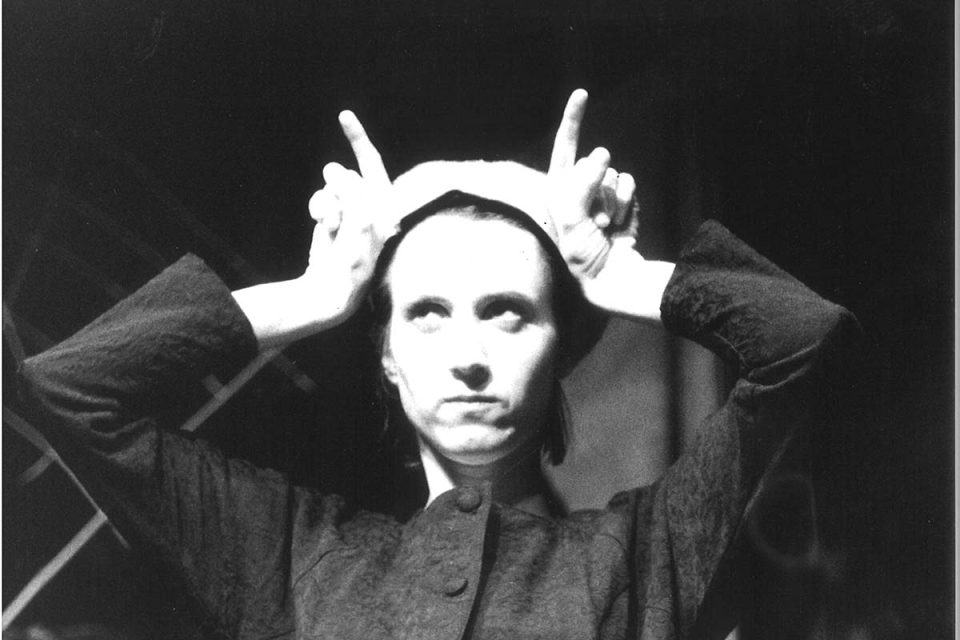
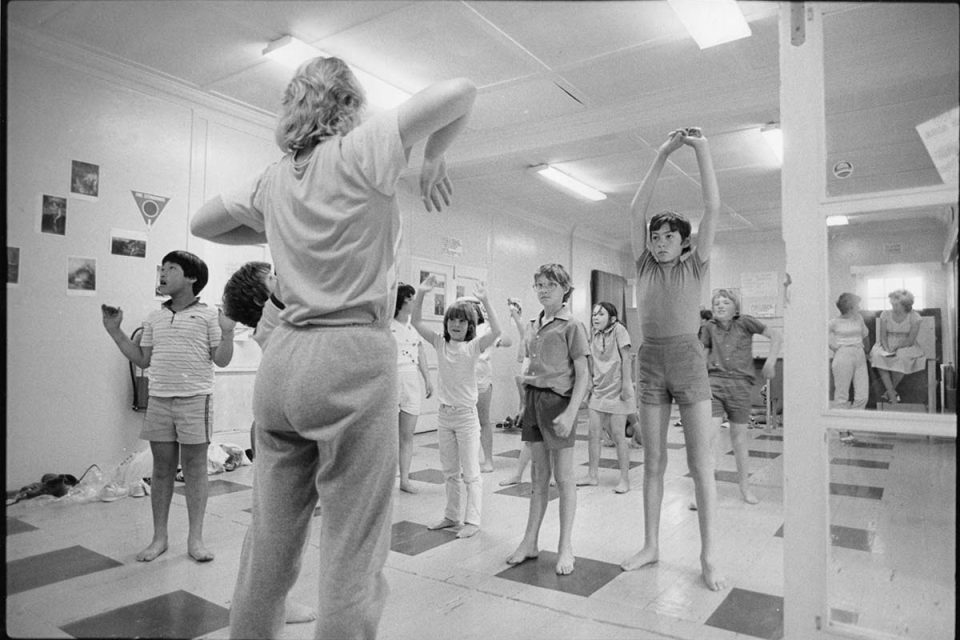
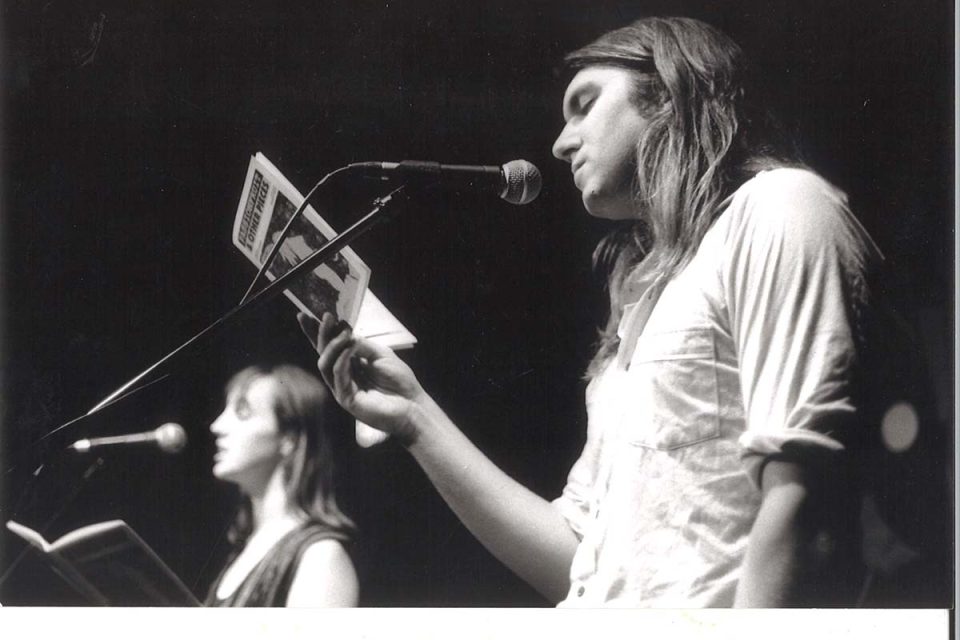
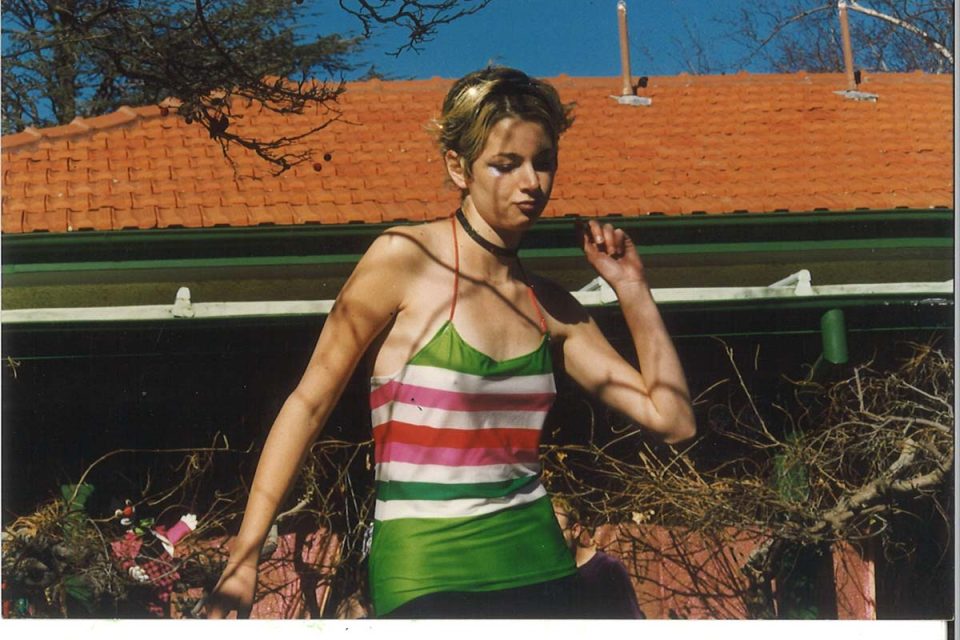
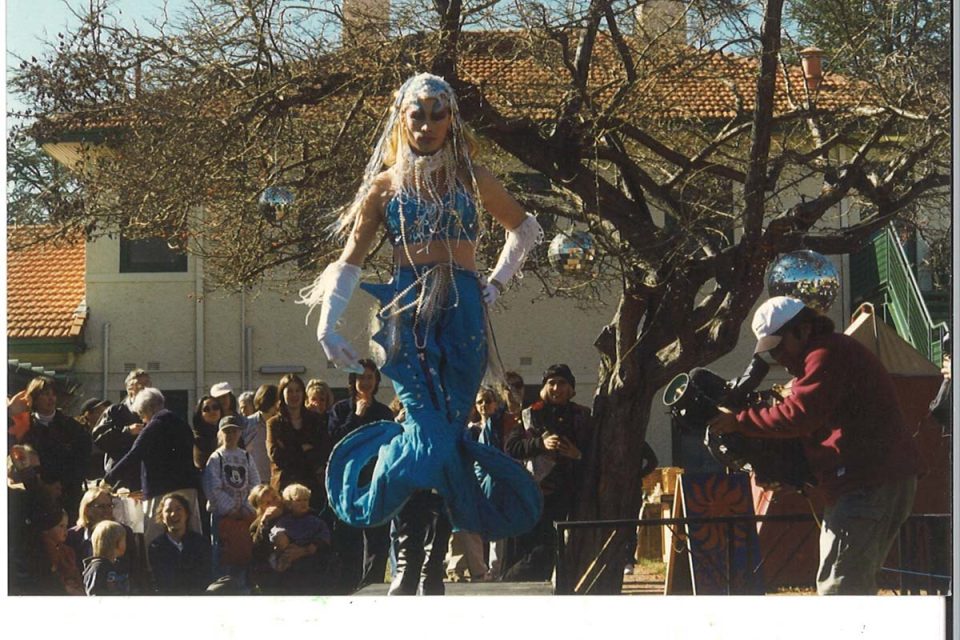
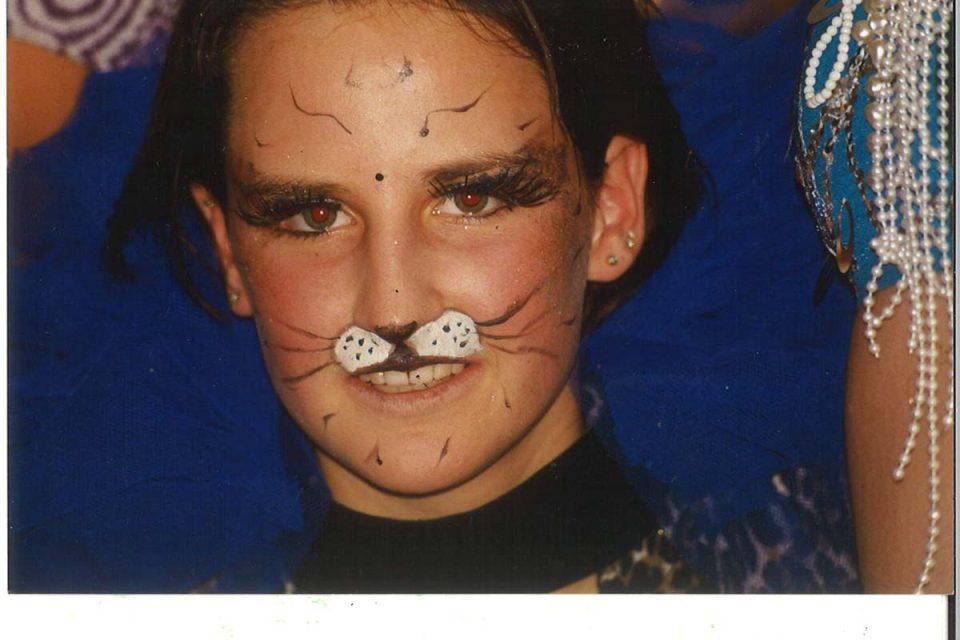

In this way, Gorman Arts Centre is joined by its sister venue, Ainslie Arts Centre, a former public school completed in 1927 just 400 metres down the road.
Both of these centrally located heritage buildings have retained features that palpably tie these institutions to their histories, such as the tiny phone booth (sans phone) that remains outside Gorman Arts Centre’s main hall, where one can picture the ghosts of residents past loitering after dinner in the hopes of a call from far-flung loved ones.
But one thing has changed drastically. In its hostel days when impromptu parties in rooms were common at Gorman House, formal events were not. Today, both Gorman Arts Centre and Ainslie Art Centre are regularly home to all manner of events and spectacles.
The two residential wings of Gorman Arts Centre have been converted into intimate studios for creatives, while the rest of the heritage buildings are a mixture of creative rehearsal spaces and event venues that have hosted a wide array of celebrations, from weddings to Day of the Dead parties.
Functions at Gorman Arts Centre, which is arranged in a (now uncommon) pavilion-style around two beautiful courtyards, centre around the main dining room, where wedding parties often retire for cocktails following a ceremony in the courtyards. The design of the courtyards, with an almost built-in aisle as the focal point, lends itself to these ceremonies.
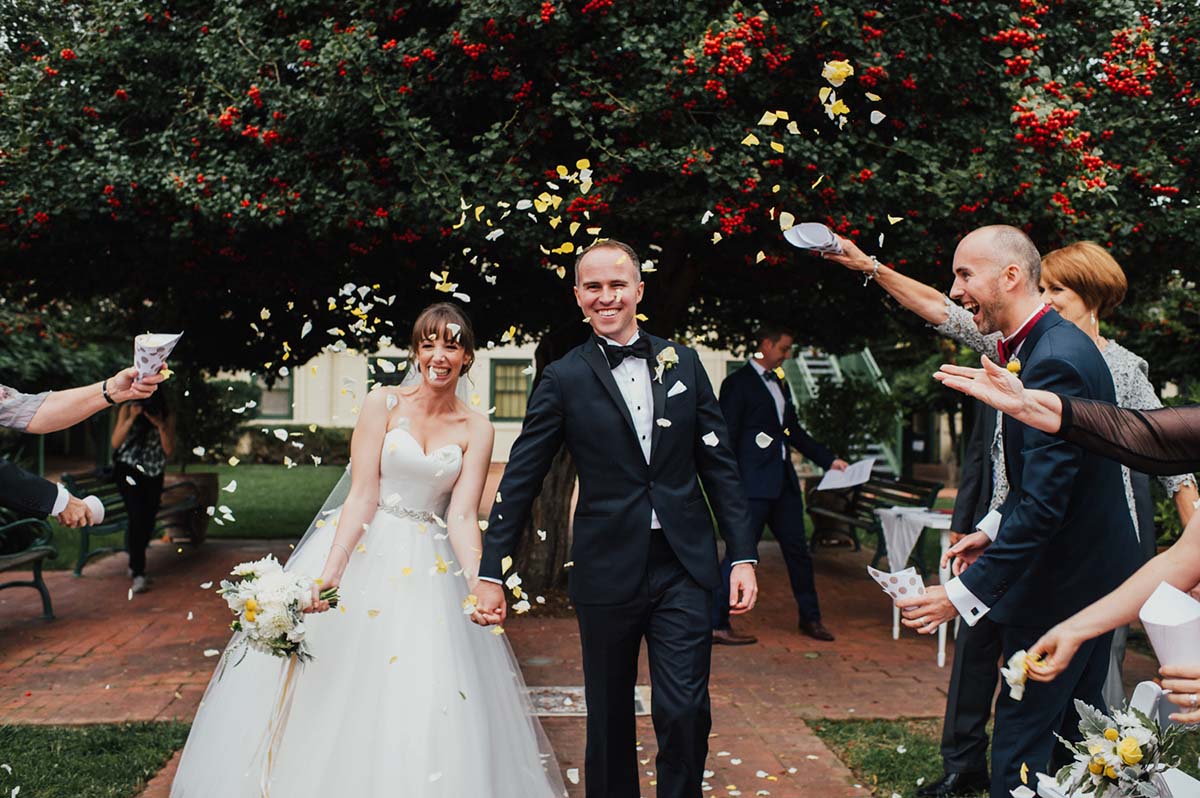
The Gorman Arts Centre courtyards seem almost made for ceremonies and gatherings. Photo: Arts Capital.
But the two art centres have multiple other function spaces.
As an extension to the Gorman Arts Centre built in the 80s, the Ralph Wilson Theatre, is ideal for intimate black box theatre requiring decent lighting, rigging and sound projection, whereas C Block Theatre is often used for rehearsals. Both spaces have accommodated everything from theatre productions to poetry slams, live music to panel discussions, album launches and more. F Block Hall is often occupied by art exhibitions, concerts, presentations and talks.
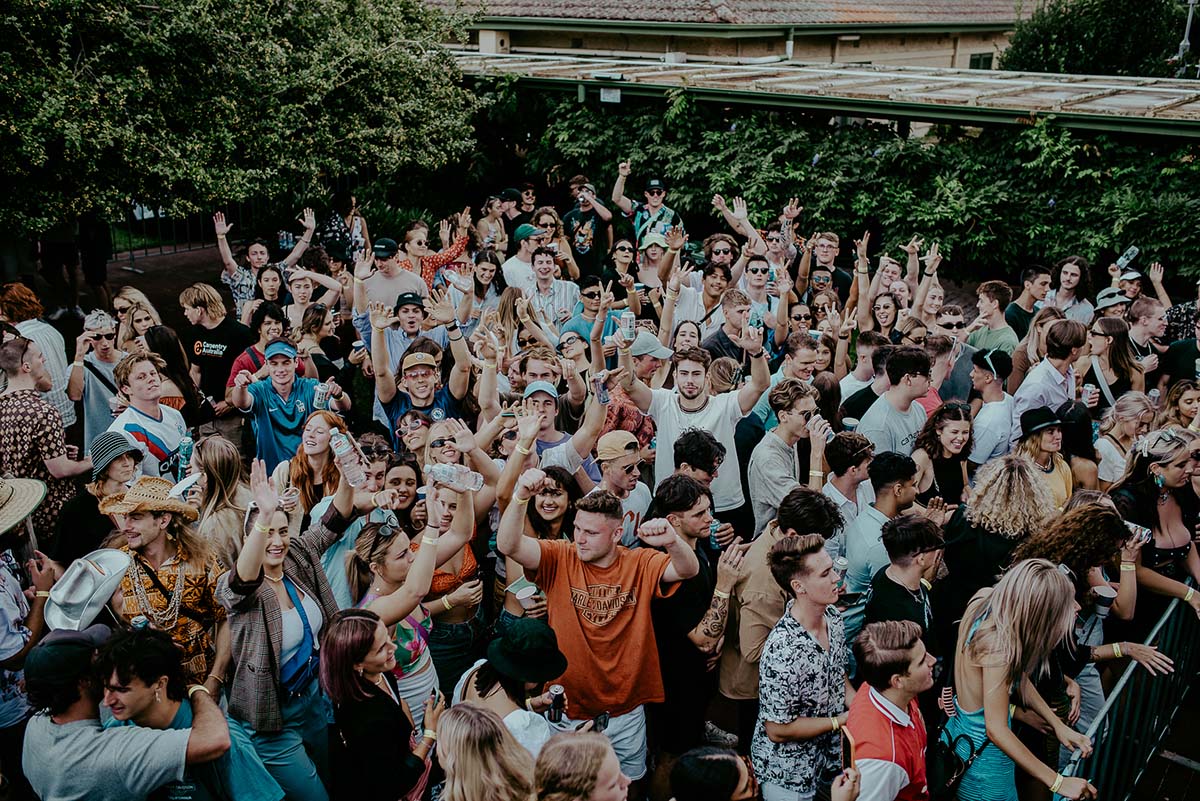
Gorman Arts Centre gardens have plenty of space for outdoor events.
Over at Ainslie Arts Centre, visitors find modern rehearsal pods alongside the heritage classrooms that are now hired for workshops, meetings and as co-working spaces, and a main hall that’s popular for wedding receptions.
The function room off the main hall, with its beautiful large-scale artworks, tall ceilings and attached servery hosts large functions and has seen everything from conferences to book launches.
While their functions have changed, both are still government buildings run by Arts Capital and tasked with providing the creative sector with affordable space. For this reason, fees are affordable and the spaces are often go-tos for many not-for-profit organisations.
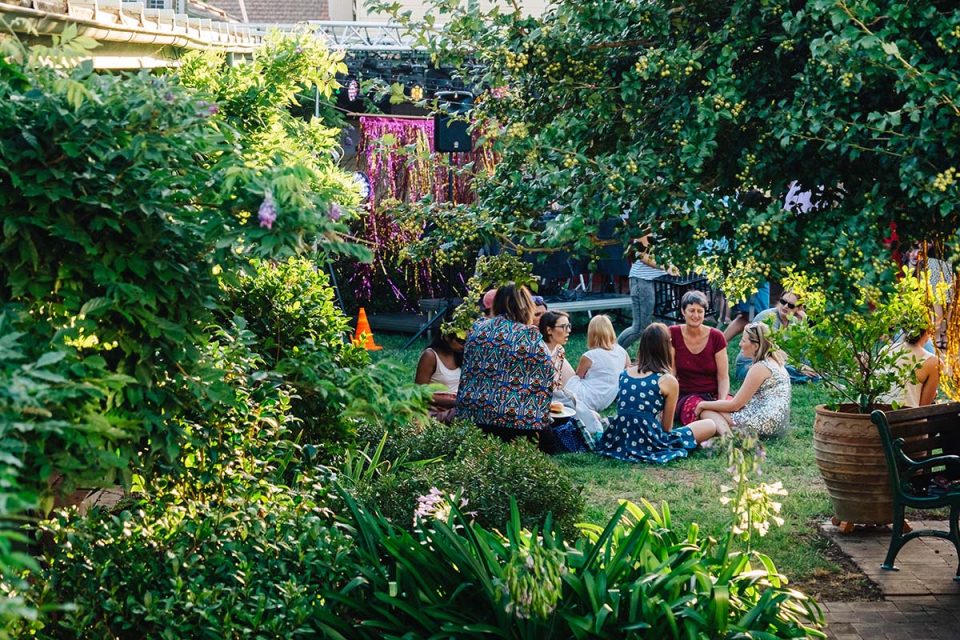
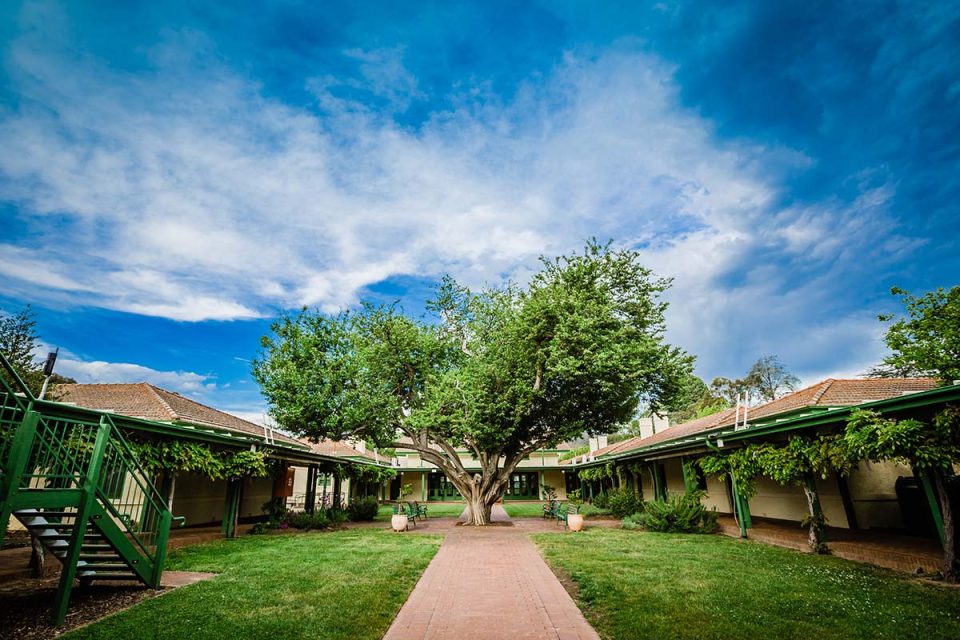
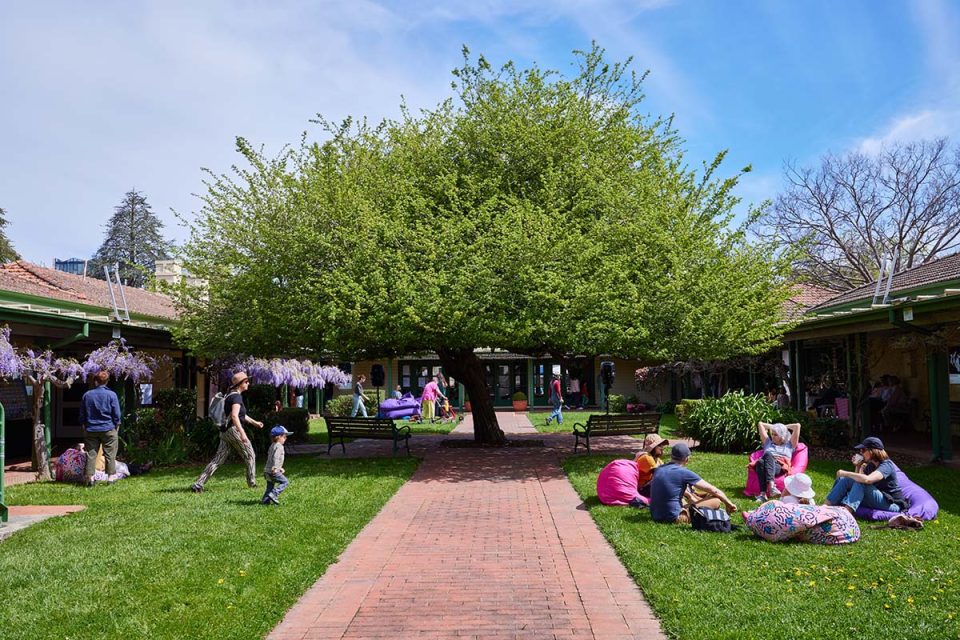
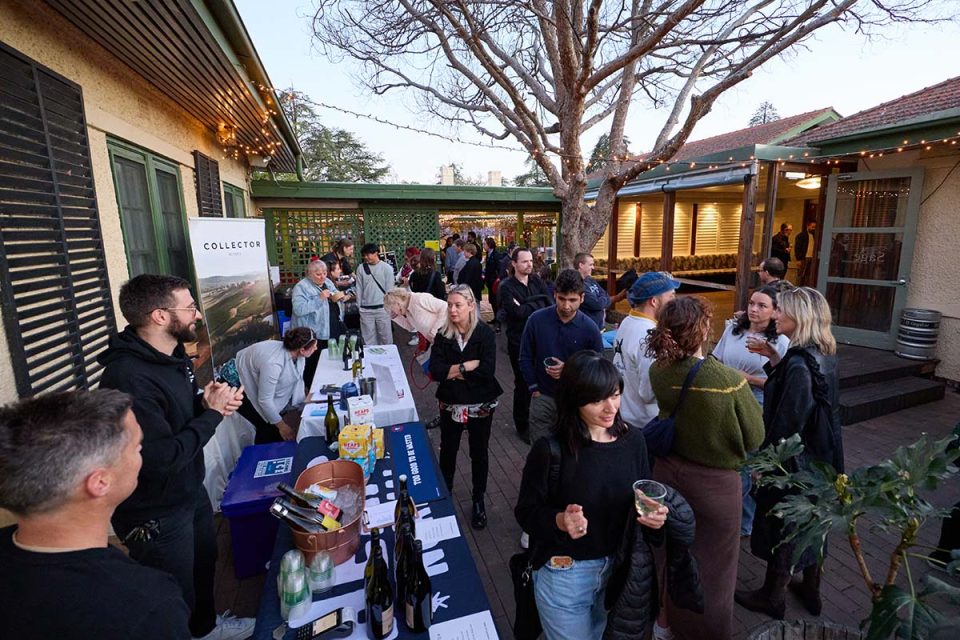
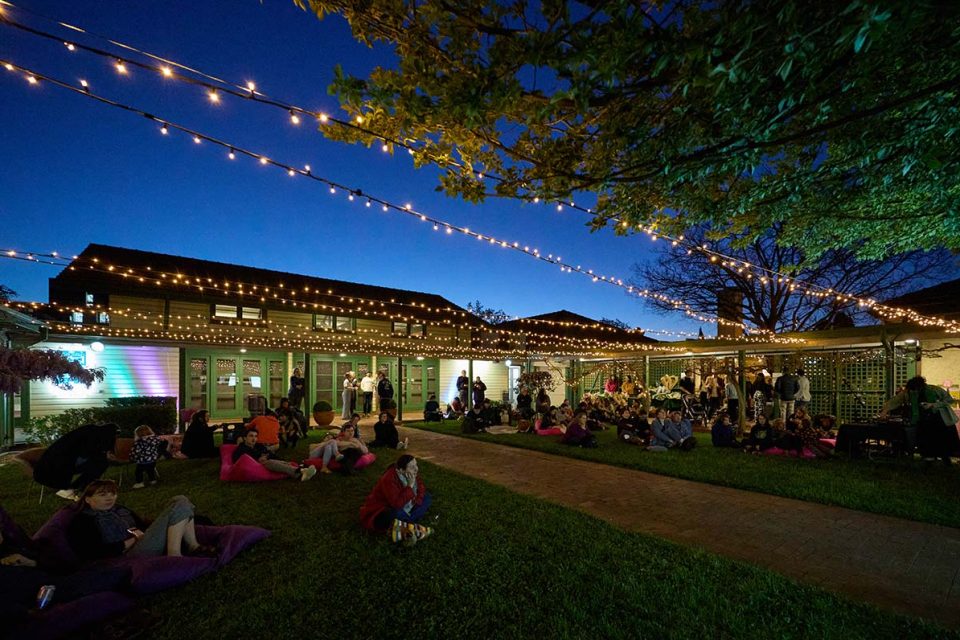
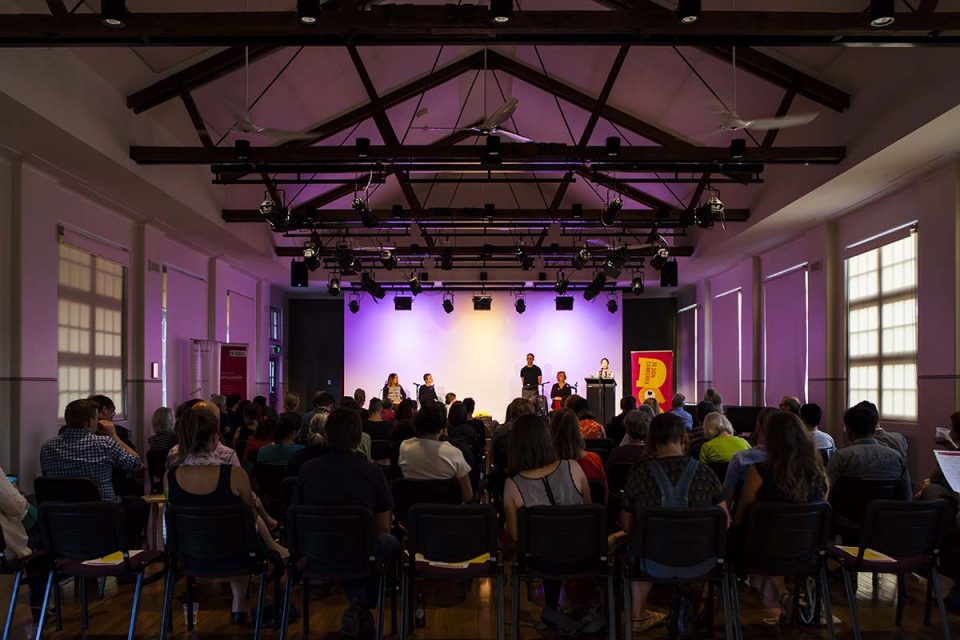
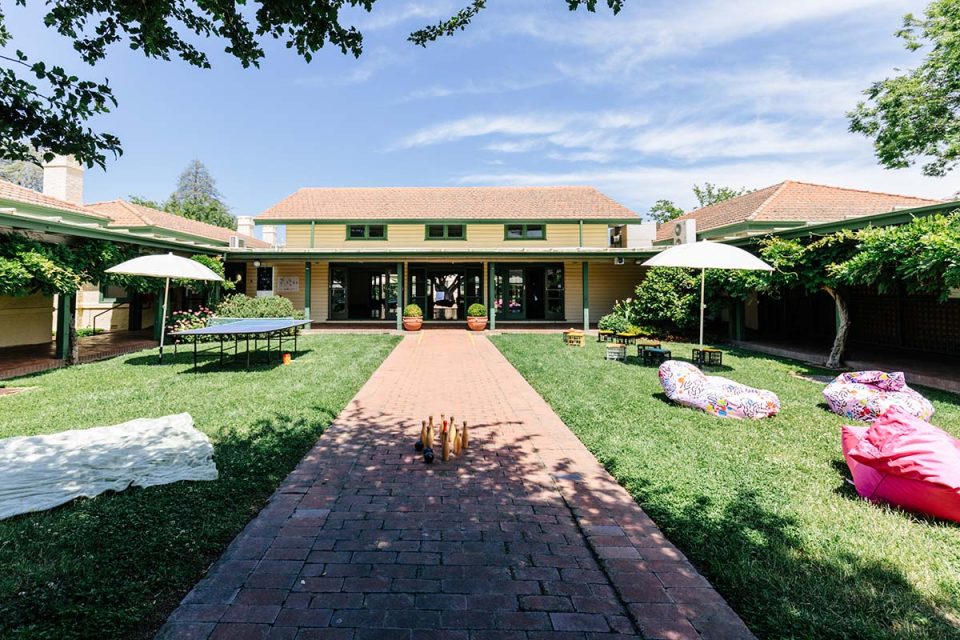
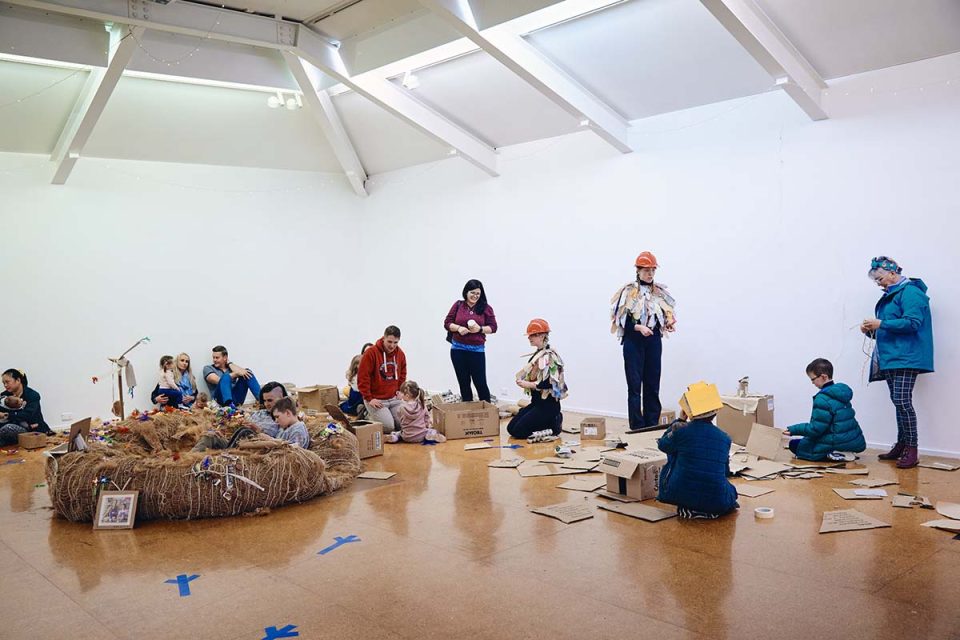
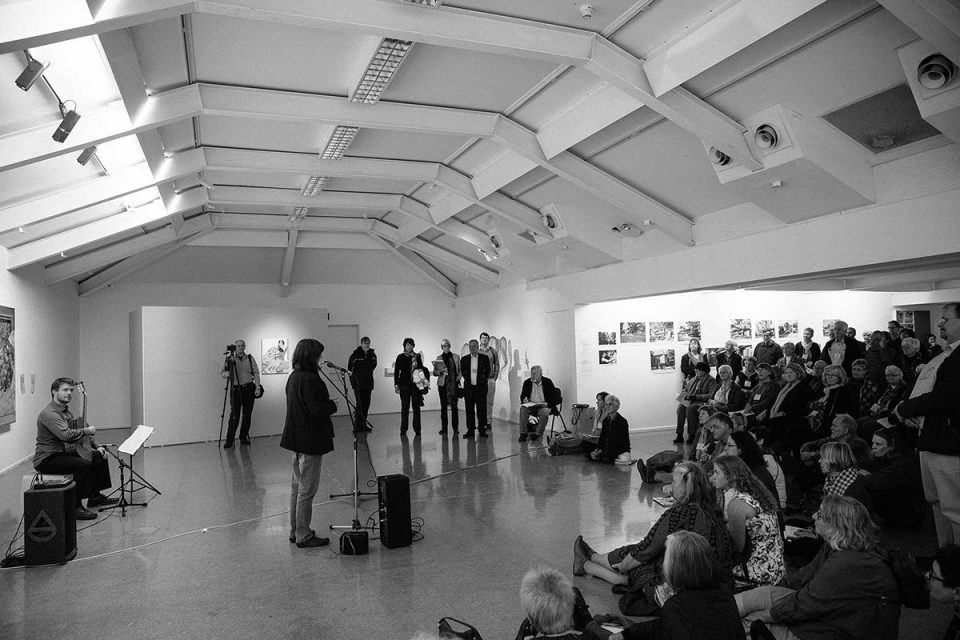
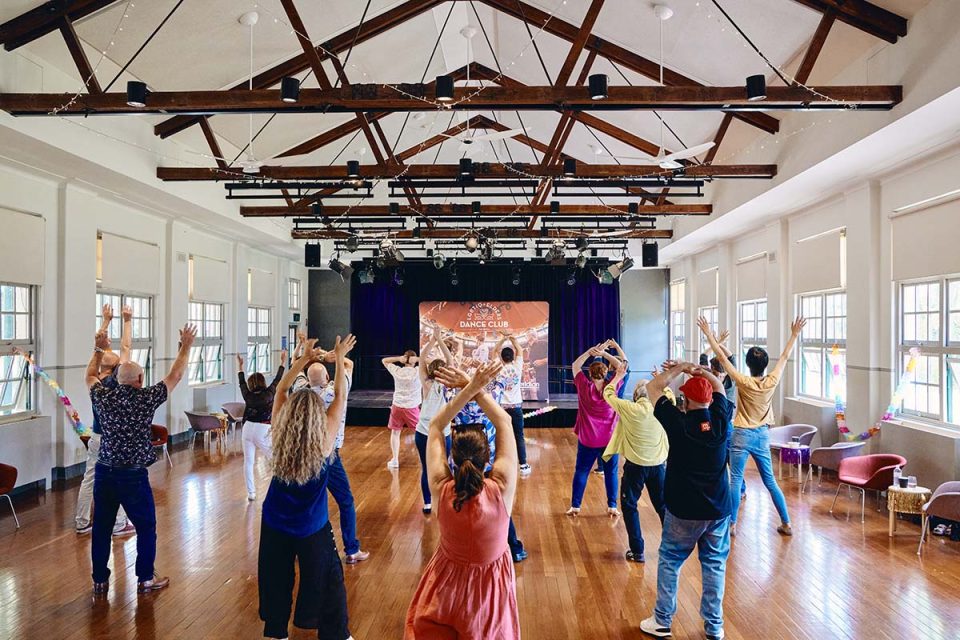
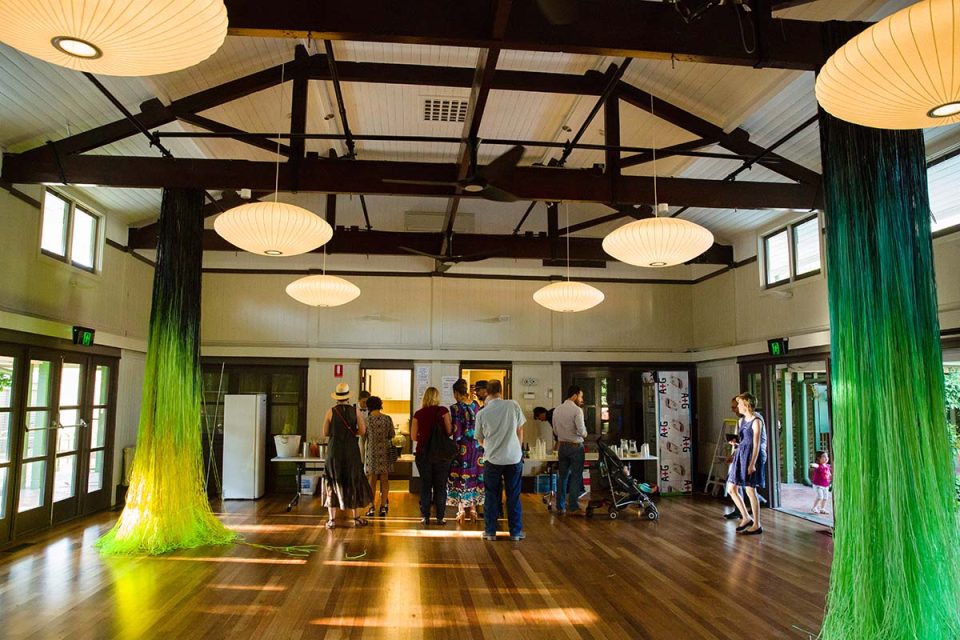
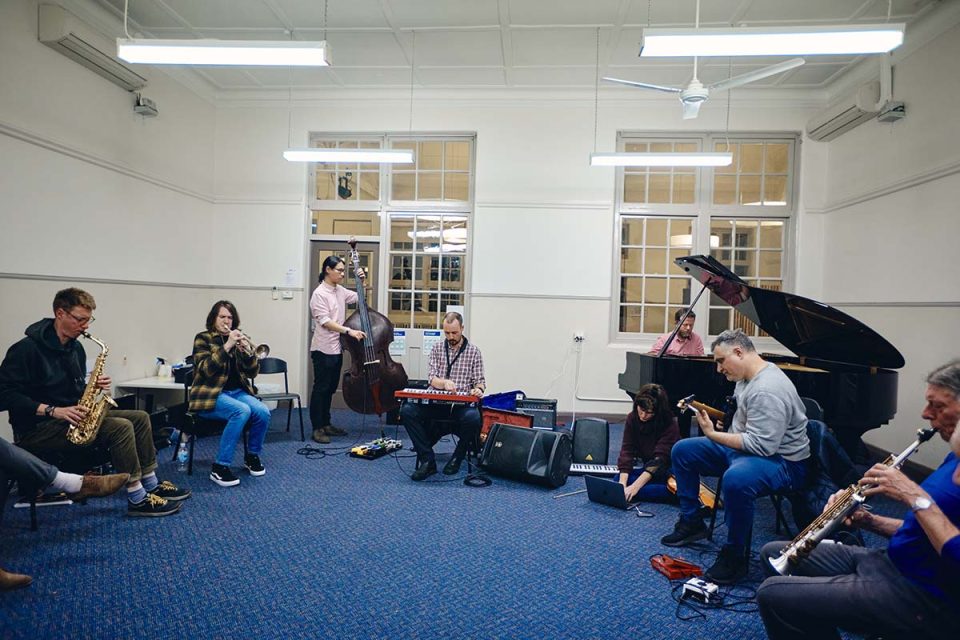
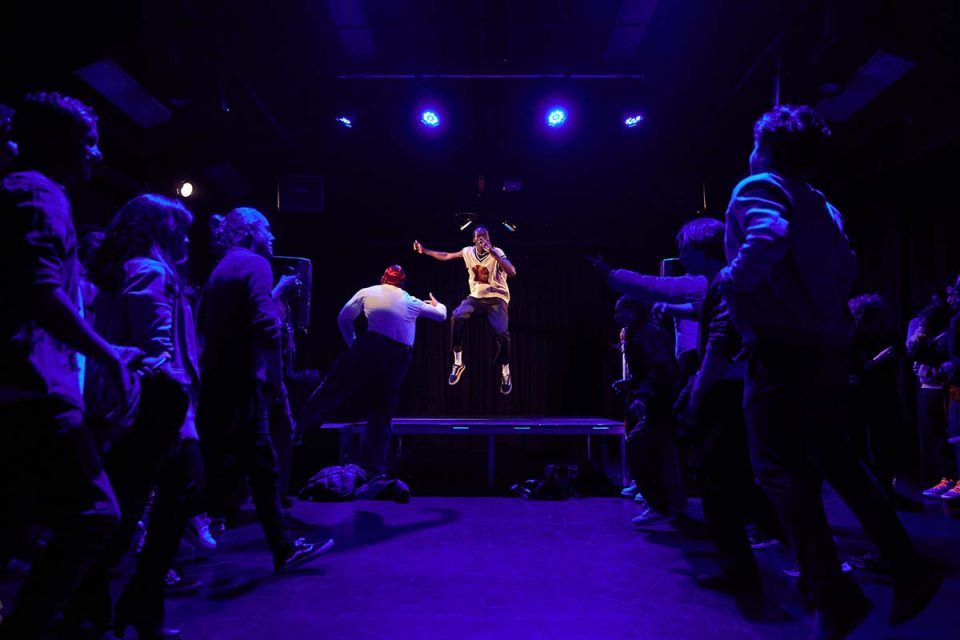
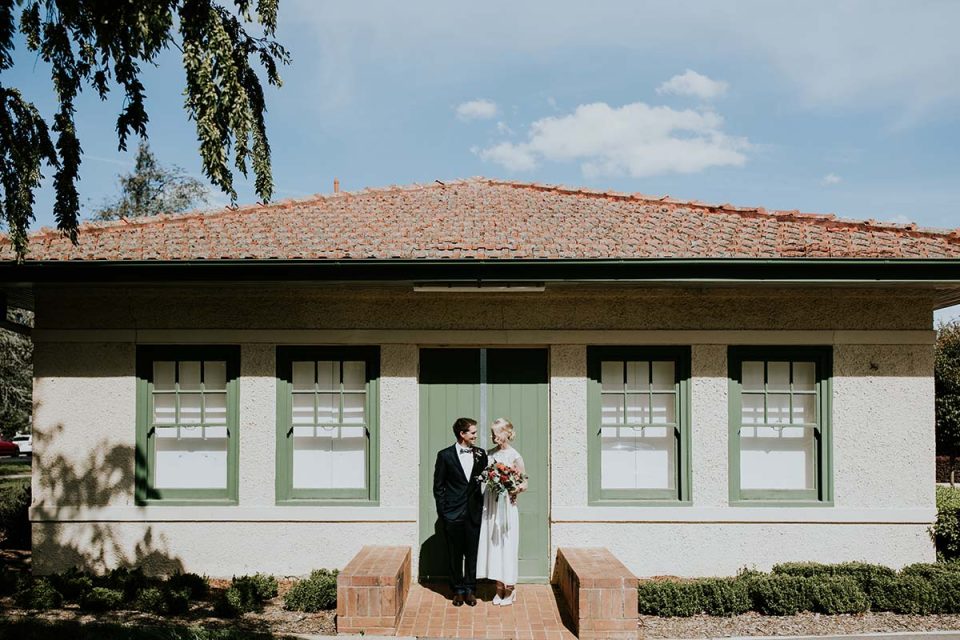
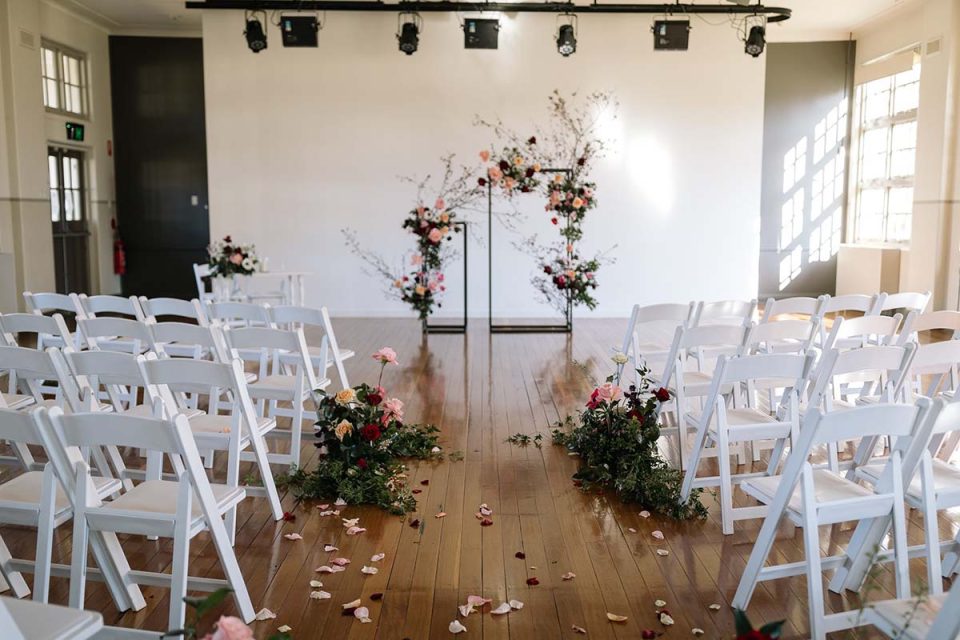
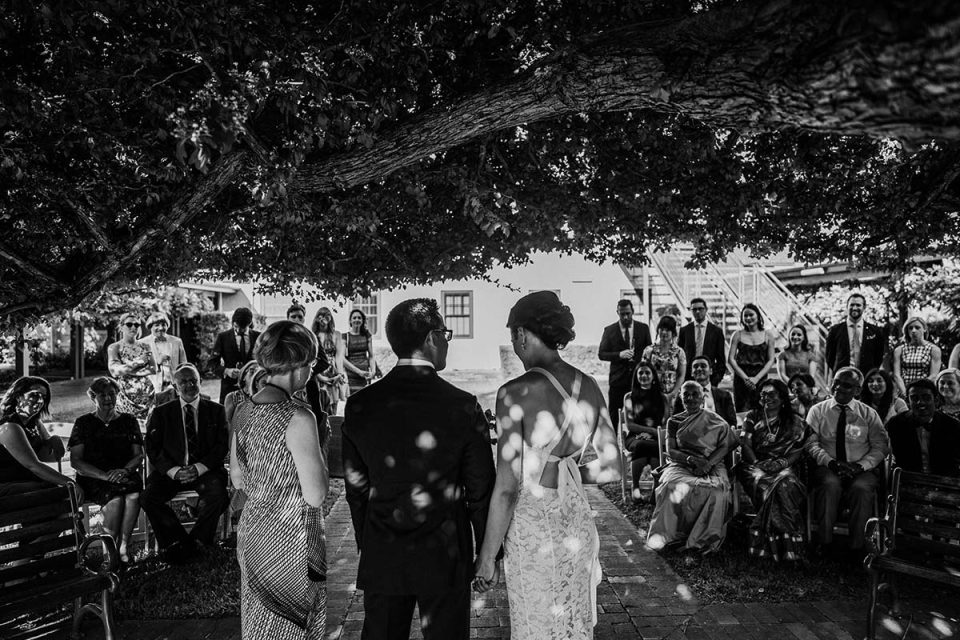
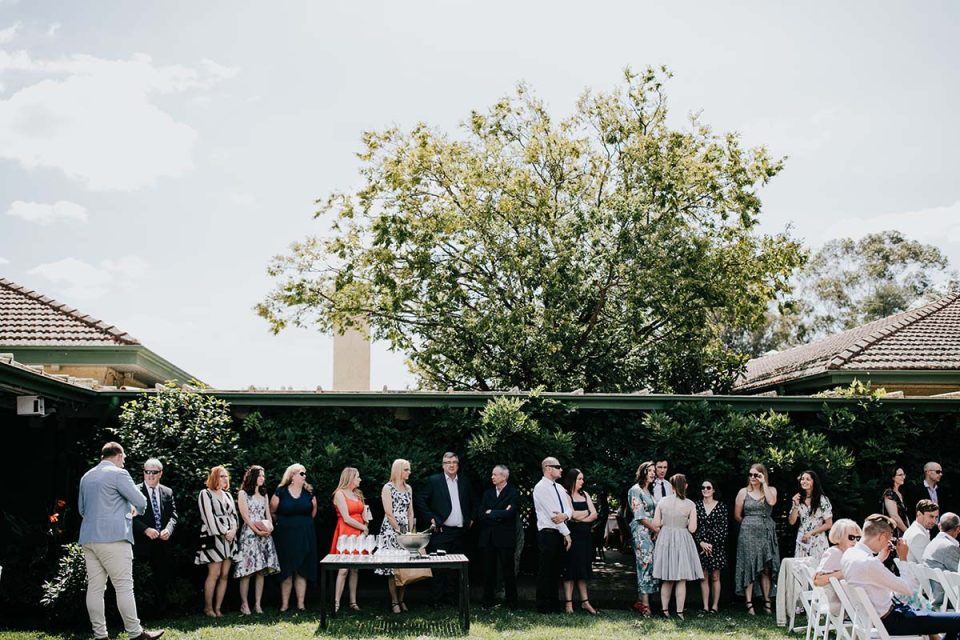
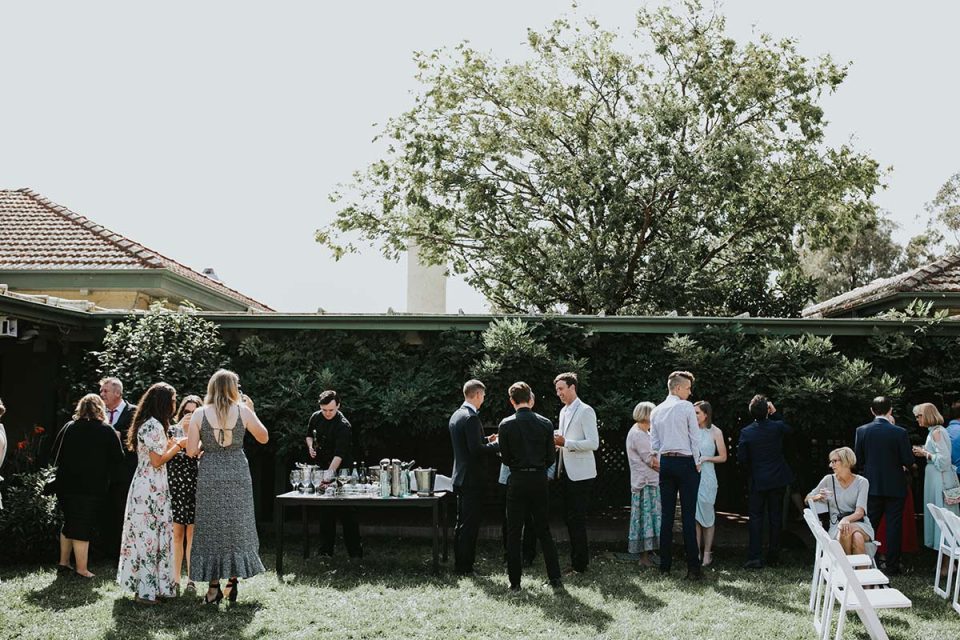
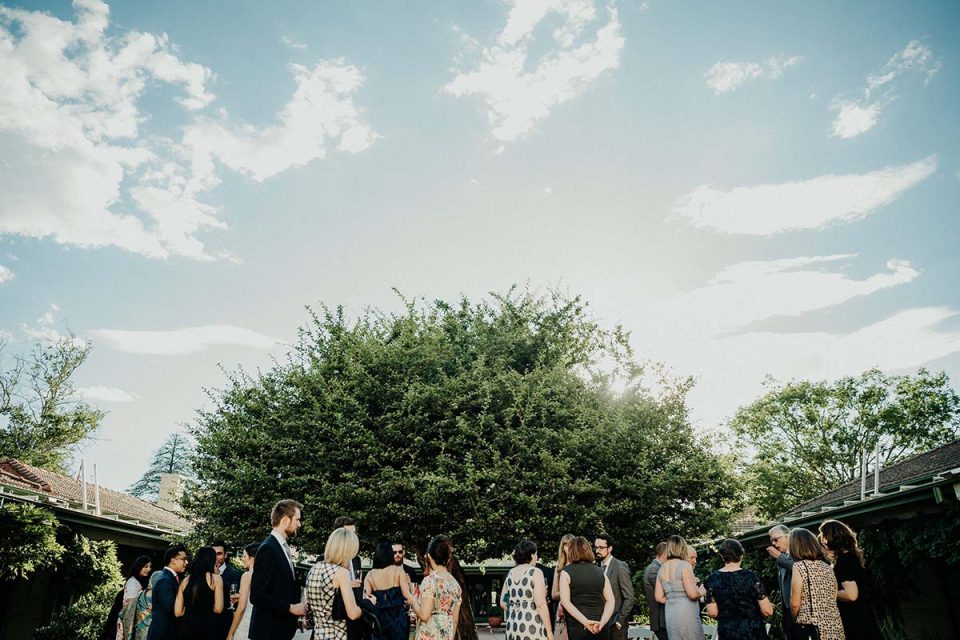
While they are retro-fitted and rigged with modern conveniences, programs manager Sia Ahmad said the vibe and aesthetics lean into the heritage status.
“The features that speak to the history of these places aren’t hidden away. These buildings have the charm of being their first selves, and people love that,” she said.
“When people hire spaces here, they become part of an ongoing story that started way back when, and so that common through-line of people finding themselves together and building communities carries on.
“These places play an important role in keeping our region’s creative minds here and helping them see they can be who they want to be right here in the ACT.”
Gorman Arts Centre gears up to celebrate its centenary in 2024.
Sign up to keep track of what’s on at Gorman Arts Centre and Ainslie Art Centre, or enquire about venue hire here.
Original Article published by Dione David on Riotact.


